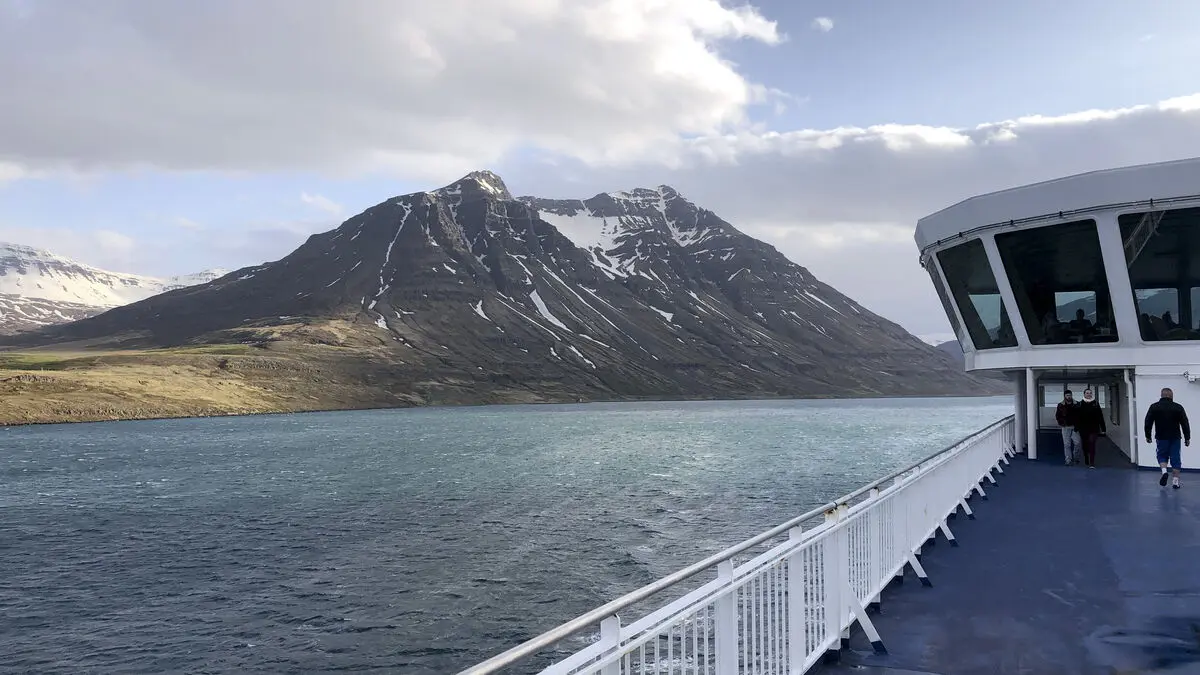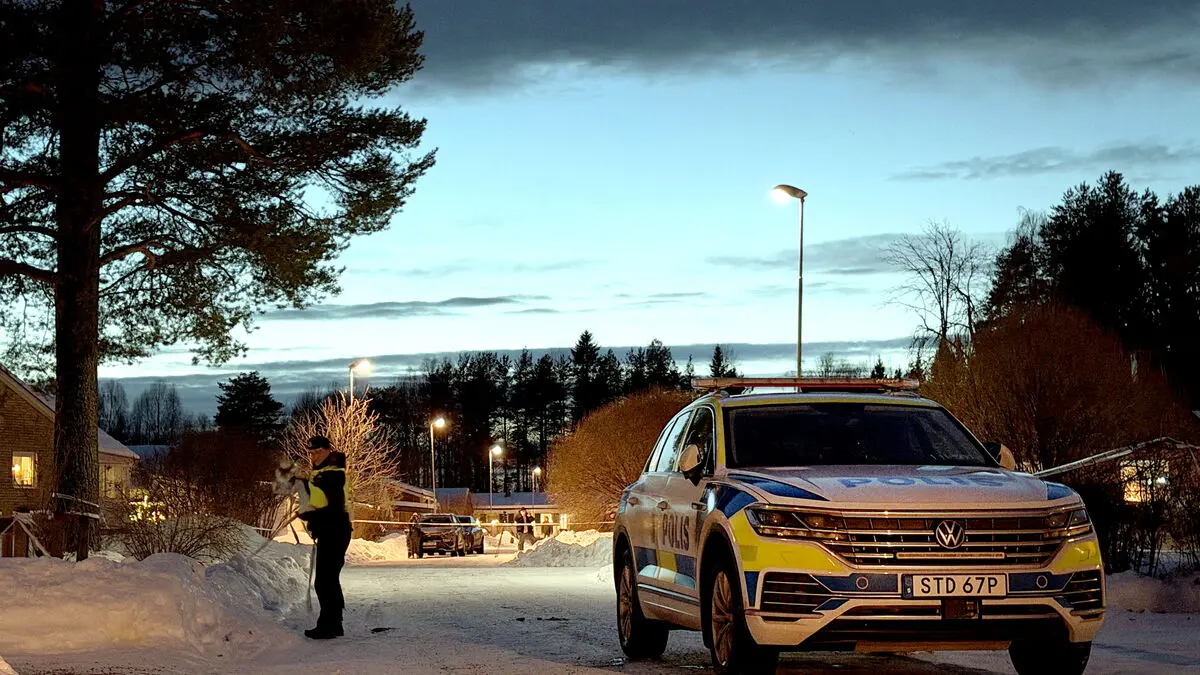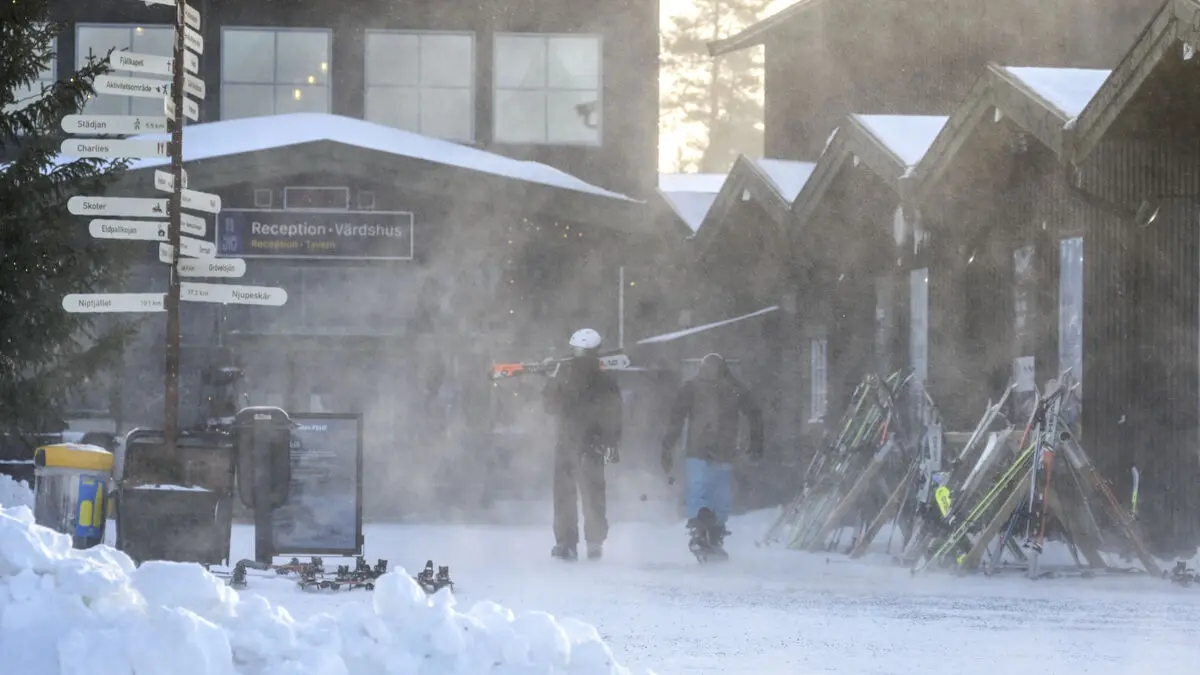The outbreak occurred shortly after 11 pm on Wednesday evening between the mountains Stóra-Skógfell and Sýlingarfell on the Reykjanes peninsula, reports public service company Rúv.
According to the Icelandic Meteorological Institute Vedurstofa, the outbreak reached its peak shortly before 2 am. At that time, lava had flowed both east and west from the approximately three-kilometer-long crack that had formed.
"The outbreak is significantly smaller than the last one that occurred on August 22", writes Vedurstofa on its website.
"It is interesting that the seismic activity did not increase in the weeks leading up to the outbreak, as it has done before", writes the Meteorological Institute, adding that it may be a sign that the patterns of how the outbreaks occur may have changed.
The coastal town of Grindavik, where it is currently believed that between 50 and 60 people live, has been evacuated. However, no lava is flowing towards the town, according to Vedurstofa.
Grindavik is not in danger as it looks now and it is unlikely that this crack will become larger, although nothing can be ruled out, says Magnús Tumi Gudmundsson, professor of geophysics, to Rúv.
The popular tourist destination Blue Lagoon was also evacuated, which according to the rescue service went smoothly.
Flights to and from Keflavík Airport are not affected.
This is the seventh time this year that a volcanic eruption has occurred on the island nation of Iceland, which lies exactly where the North American and Eurasian continental plates meet – and therefore has extremely high geological activity.





